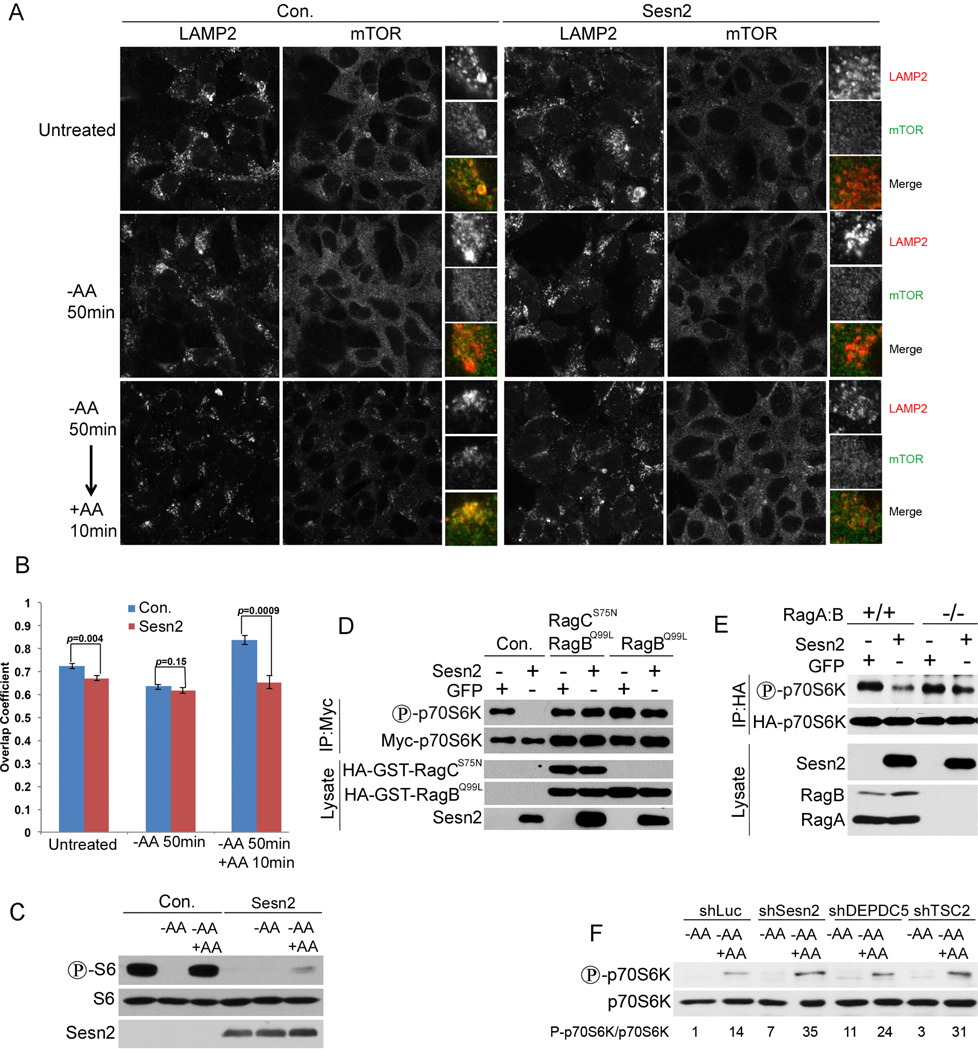Figure 4. Sesn2 Suppresses mTORC1 Activity via Inhibition of mTOR Lysosomal Localization in a Rag-Dependent Manner.
(A) Sesn2 suppresses lysosomal mTOR localization in control and in AA-stimulated cells. HEK293T cells were infected with either Sesn2 or control pLU lentiviral construct, kept in AA-free medium for 50 min and re-stimulated with AA for 10 min followed by immunostaining with anti-mTOR and anti-LAMP2 antibodies. (B) Overlapping between LAMP2 and mTOR1 in (A) was determined with ZEN Litr 2012 software. (C) Sesn2 inhibits mTORC1 activity in control and AA-stimulated cells. HEK293T cells were treated as in (A), lysed and immunoblotted with phospho-S6, S6 and Sesn2 antibodies. (D) Overexpression of constitutively active RagCS75N and/or RagBQ99L proteins compromises the inhibitory effects of Sesn2 on mTORC1. HEK293T cells were co-transfected with Myc-p70S6K- together with either Sesn2- or GFP-expressing constructs in the presence or absence of constitutively active RagCS75N and/or RagBQ99L. Myc-p70S6K was immunoprecipitated with anti-Myc antibodies and phosphorylation and expression of the corresponding proteins were analyzed by immunoblotting. (E) The suppressive effect of Sesn2 on mTORC1 is compromised in the RagA:B−/− cells. RagA:B−/− cells or WT counterparts were co-transfected with HA-p70S6K- and either Sesn2- or GFP-expressing constructs, lysed 48 hrs later. HA-p70S6K was immunoprecipitated with anti-HA beads and analyzed by immunoblotting. (F) Silencing of Sesn2 enhances re-stimulation of mTORC1 by AA. Sesn2 or control either DEPDC5 or TSC2 genes were silenced by shRNA lentiviruses, incubated in AA-free medium for 50 min and stimulated with AA for 10 min. HA-p70S6K phosphorylation and expression were determined by immunoblotting.

